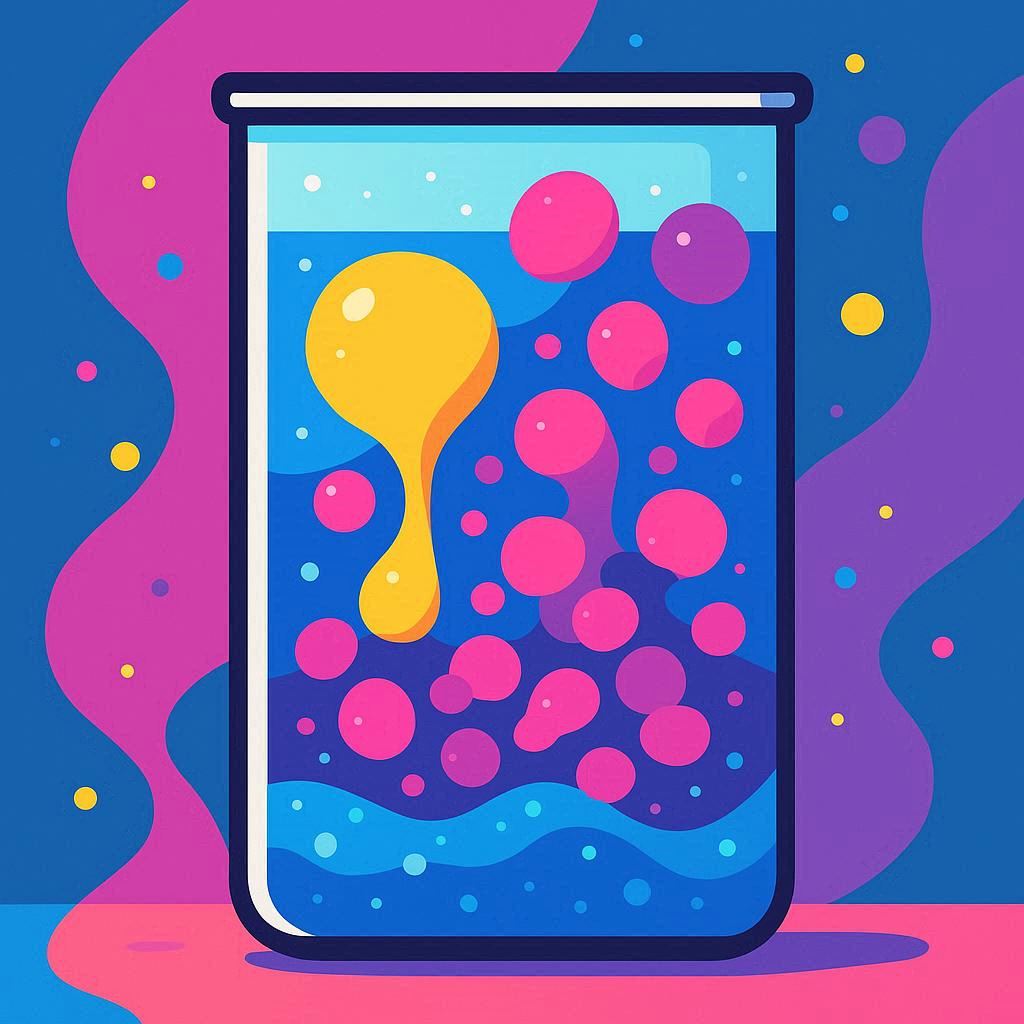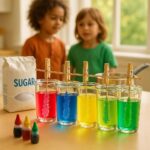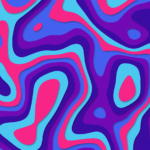Have you ever wondered how clouds form? Clouds are fascinating natural wonders that play a crucial role in our planet’s weather system. They are essentially masses of tiny water droplets or ice crystals suspended in the atmosphere. But have you ever thought about creating your own cloud? That’s right, with just a few simple items, you can make a cloud in a bottle and observe the magic of condensation up close. In this blog post, we’ll explore how to create this amazing phenomenon and delve into the science behind it.
Why Make a Cloud in a Bottle?
Creating a cloud in a bottle is a fun and educational DIY project that can be enjoyed by both kids and adults. It’s a great way to teach children about the water cycle and the principles of condensation. Beyond its educational value, it’s also a mesmerizing visual experiment that can spark curiosity and a deeper appreciation for the natural sciences. If you’re a parent, educator, or just someone who loves science, this project is a must-try.
Materials Needed
Here’s what you’ll need to create your very own cloud in a bottle:
- A clear plastic bottle (2-liter or 1.5-liter): This will serve as the container for your cloud.
- Water: You’ll need hot water for this experiment.
- Ice cubes: These will help in creating the temperature difference needed for condensation.
- Salt or shaving cream (optional): This can be used to help form the cloud more quickly.
- A sock or piece of cloth: This will be used to cover the bottle.
Step-by-Step Instructions
- Prepare the Bottle
- Start by ensuring your plastic bottle is clean and dry. Remove any labels and rinse it thoroughly to ensure there are no residues that might interfere with the experiment.
- Add Hot Water
- Fill the bottle about 1/4 of the way with hot water. The temperature of the water is important, so make sure it’s hot but not boiling. You can use water from the tap or heat it up in a microwave for a few seconds.
- Create a Temperature Difference
- Place a few ice cubes in another container and create a layer of ice at the opening of the bottle. You can do this by wrapping the ice cubes in a piece of cloth or placing them directly on top of the bottle’s opening. The idea is to create a cold surface at the top of the bottle.
- Observe the Condensation
- Wait a few moments. You should start to see water vapor condensing inside the bottle. This is the beginning of your cloud formation. If you don’t see any condensation, you can try adding a bit more hot water or adjusting the temperature of the ice.
- Enhance the Effect (Optional)
- To make the cloud more visible, you can add a small amount of salt or shaving cream to the bottle. These substances act as nucleating agents, providing surfaces for water droplets to form around, which can make the cloud denser and more noticeable.
- Cover the Bottle
- Cover the opening of the bottle with a sock or piece of cloth. This will help contain the cloud and prevent the water vapor from escaping too quickly.
- Shake the Bottle
- Gently shake the bottle to distribute the water vapor evenly. This will help the cloud spread throughout the bottle and give it a more uniform appearance.
- Enjoy Your Cloud
- Once the cloud has formed, you can take a step back and marvel at your handiwork. You’ve successfully created a cloud in a bottle! You can experiment with different temperatures, amounts of water, and other variables to see how they affect the cloud’s formation and longevity.
The Science Behind the Cloud in a Bottle
Creating a cloud in a bottle is a fun and interactive way to demonstrate the principles of condensation and the water cycle. Here’s a detailed explanation of the science behind this experiment.
What is Condensation?
Condensation is the process by which water vapor in the air is transformed into liquid water. This occurs when the air, which can hold only a certain amount of water vapor at a given temperature, reaches its dew point. The dew point is the temperature at which the air becomes saturated with water vapor and can no longer hold all the moisture, causing the excess water vapor to condense into droplets.
In the context of your cloud in a bottle, the hot water inside the bottle evaporates and fills the bottle with water vapor. When this water vapor comes into contact with the cold ice at the opening of the bottle, it condenses into tiny water droplets, forming a cloud.
The Role of Temperature
Temperature plays a crucial role in the process of condensation. When the warm air from the hot water meets the cold air near the ice, it cools down, reaching its dew point and causing the water vapor to condense. This temperature gradient is essential for the formation of your cloud in a bottle.
The Water Cycle
The water cycle, also known as the hydrological cycle, is the continuous process by which water is circulated between the Earth’s oceans, atmosphere, and land. It involves the processes of evaporation, condensation, precipitation, and collection. By creating a cloud in a bottle, you’re simulating part of this cycle, specifically the processes of evaporation and condensation.
Nucleation
Nucleation is the process by which water droplets form around tiny particles in the air, such as dust, salt, or pollen. These particles, known as nucleating agents, provide surfaces for water vapor to condense onto, making it easier for clouds to form. In your experiment, adding salt or shaving cream introduces these nucleating agents, which can help your cloud form more quickly and densely.
Tips and Variations
Now that you’ve mastered the basic cloud in a bottle experiment, here are a few tips and variations to take your project to the next level:
- Use Different-Shaped Containers: Experiment with different shapes and sizes of bottles to see how they affect the formation of the cloud.
- Add Food Coloring: Add a few drops of food coloring to the water for a colorful cloud effect.
- Experiment with Temperature: Try using different temperatures of water or varying amounts of ice to see how they impact the cloud’s formation.
- Use a Fan or Hair Dryer: Blow air into the bottle with a fan or hair dryer to simulate wind and observe how it affects the cloud.
- Create a Lava Lamp Effect: Add oil to the water in the bottle for a lava lamp-like effect as the droplets rise and fall.
- Add a LED Light: Shine a LED light through the bottle to make the cloud glow, giving it an ethereal appearance.
- Use Different Liquids: Experiment with different liquids, such as juice or tea, to see how they affect the cloud’s formation.
- Create a Storm in a Bottle: Add glitter or small beads to the bottle to simulate rain or hail.
- Measure the Cloud: Use a timer or ruler to measure the cloud’s formation time or size.
Conclusion
Creating a cloud in a bottle is not only a fun and engaging DIY project, but it also offers a hands-on way to explore the fascinating world of condensation and the water cycle. By understanding how clouds form and the processes behind them, we can gain a deeper appreciation for the natural world around us. Whether you’re a student, teacher, or simply someone who loves science, this experiment is sure to captivate and inspire. So, grab a bottle, gather your materials, and get ready to make your own cloud in a bottle today!
Frequently Asked Questions
Q: What if I don’t see any condensation?
A: If you don’t see any condensation, try increasing the temperature of the water or adding more ice. You can also add a small amount of salt or shaving cream to help the cloud form.
Q: Can I reuse the bottle?
A: Yes, you can reuse the bottle for multiple experiments. Just rinse it thoroughly and let it dry before repeating the process.
Q: Is this experiment safe for young children?
A: Yes, this experiment is safe for young children, but they should be supervised by an adult, especially when handling hot water and ice.
Q: How long does the cloud last?
A: The cloud will typically last until the ice melts or the water vapor has all condensed. You can extend the life of the cloud by adding more ice or sealing the bottle more tightly.
Q: Can I add other materials to the bottle?
A: Yes, you can experiment with adding different materials, such as glitter, food coloring, or oil, to create different effects within the bottle.
With these tips and variations, you can take your cloud in a bottle experiment to new and exciting levels, making it a memorable and enriching experience for everyone involved. Happy experimenting!



